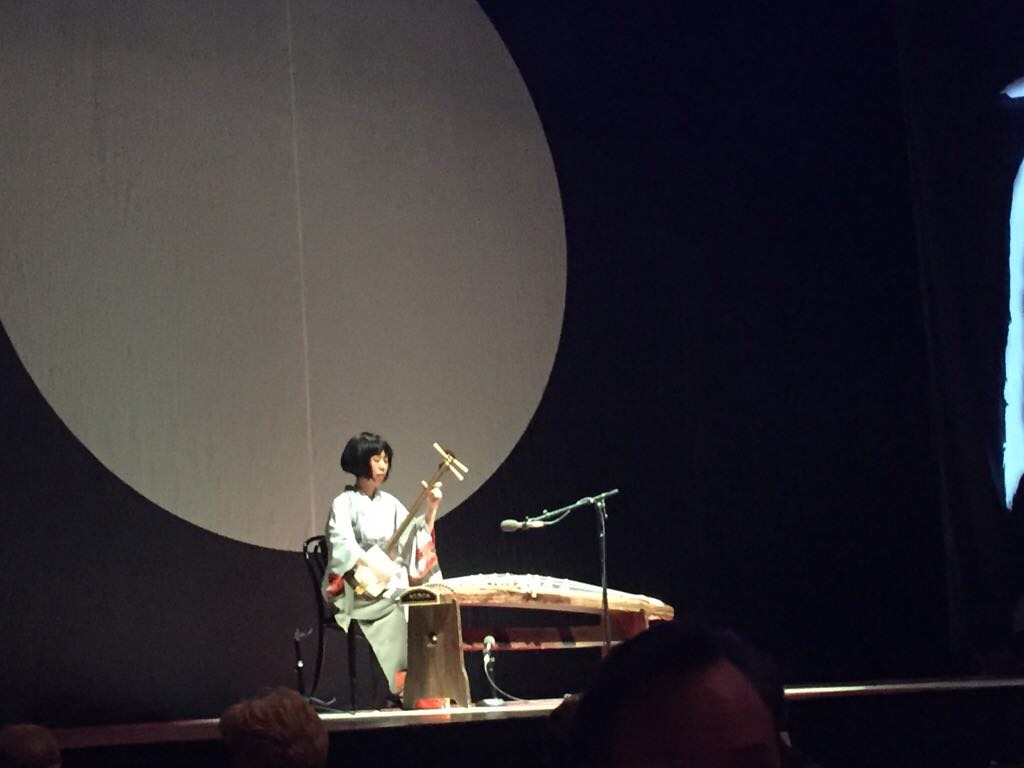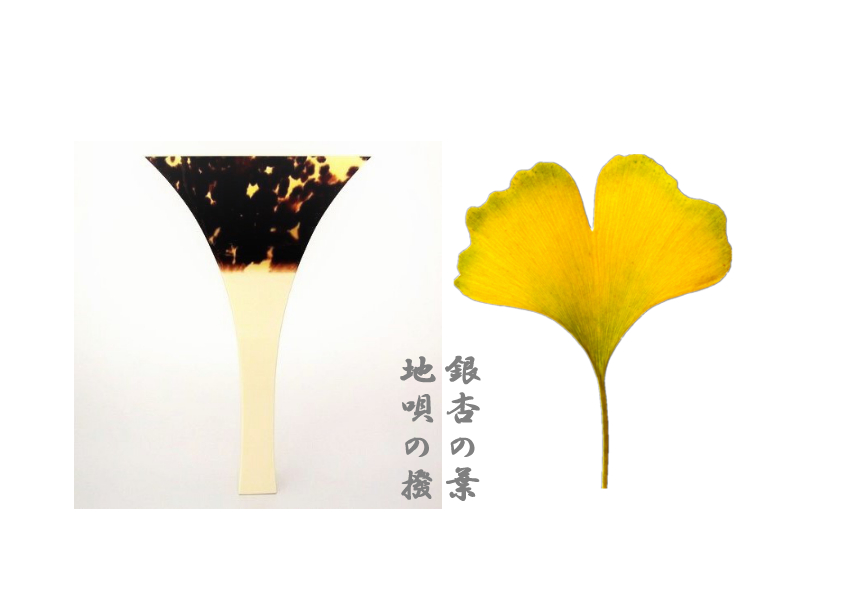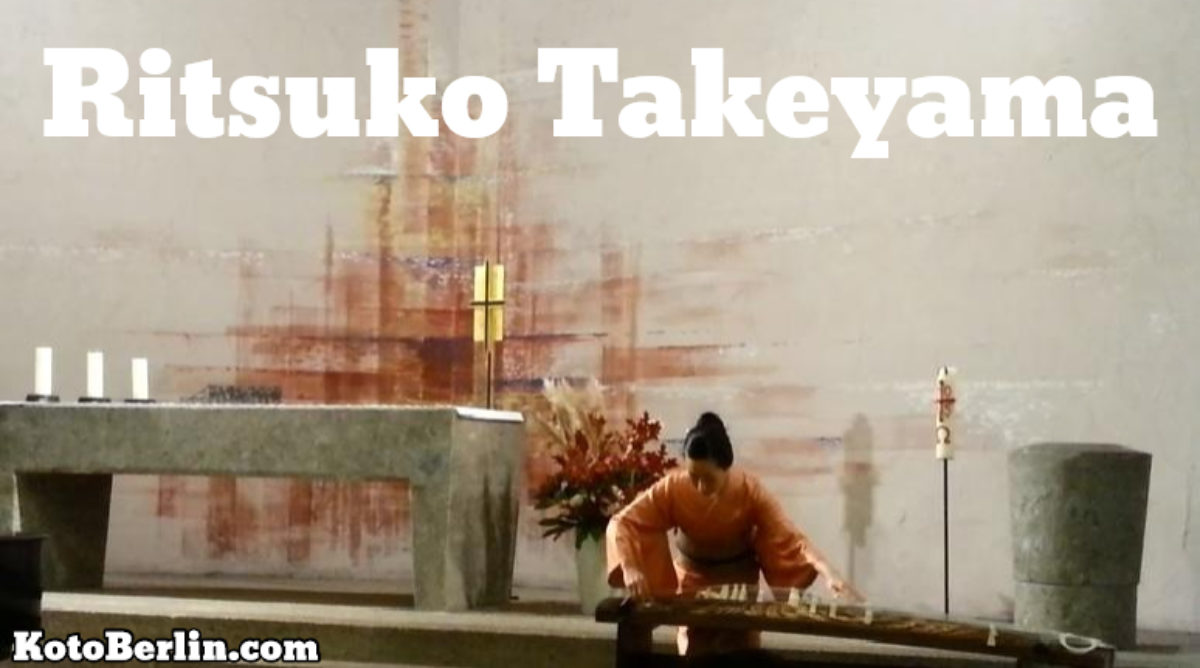shamisen 三味線
At the end of the 16th century, the shamisen was imported from China and introduced to Japan through Okinawa. This Chinese plucked string instrument evolved into the sanshin, which is an original Okinawan musical instrument. From there, it came directly to Osaka by ship, and over the years it developed into the today’s shamisen.
Biwa hōshi, blind Buddhist priests who traveled throughout Japan playing the the lute known as a Biwa, further improved the shamisen.
At first the shamisen was played only as an accompaniment instrument. Then the shamisen spread in different fields as a solo instrument for artistic music, folk songs, popular music, etc.
The history of the shamisen is not that old compared to the history of the koto, but the shamisen has evolved parallel to the koto.

The shamisen is a three-string plucked instrument and has a long neck like a guitar, but unlike a guitar it has no fret or fingerboard. Therefore, it is not easy for a player to always get the right pitch.
The shamisen is roughly categorized into three types based on the circumference of the neck.
-Futo-sao:
The futo-sao has a thick neck (more than 3.0 cm) and is used in the robust music of Gidayū-bushi (the music of Bunraku), Jōruri and Min’yō (folk song). „Tsugaru-shamisen“ is most known for its dynamic solo playing style.
-Chū-sao:
The thickness of the chū-sao neck is between 2.6 cm and 3.0 cm. I learned the „Jiuta“ style at my koto school, and thus use the chū-sao. Compared to the Tsugaru-shamisen, the Jiuta is very sensitive. The Jiuta contains some elements of classical Japanese music.
-Hoso-sao:
The hoso-sao has the narrowest neck of the shamisens (less than 2.6 cm). It is also played at the Kabuki theater and often used in Kouta (Geisha music).
The square hull of the shamaisen is covered with leather in the front and back so that the sound can amplify. The shamisen should not only be considered a string instrument, but also be recognized as a membranophone.
While playing the shamisen you use a plectrum, which is shaped like a deformed ginkgo leaf.

